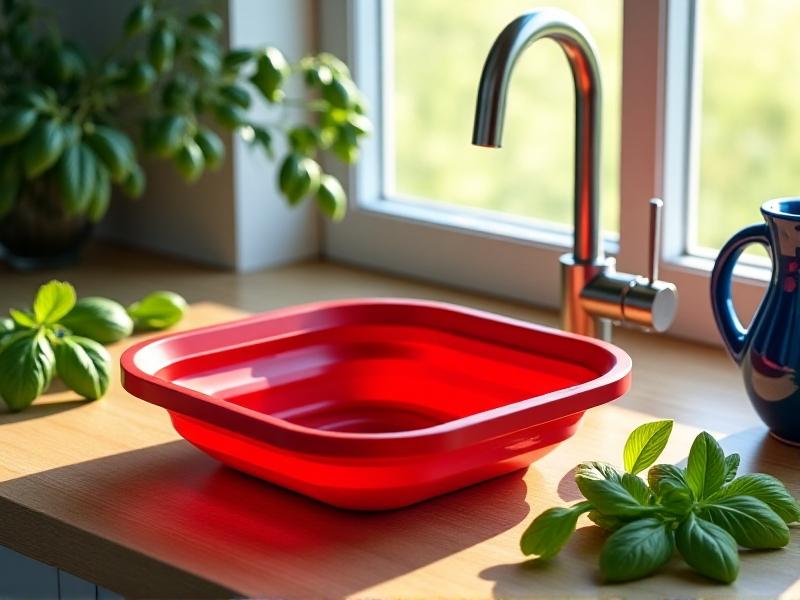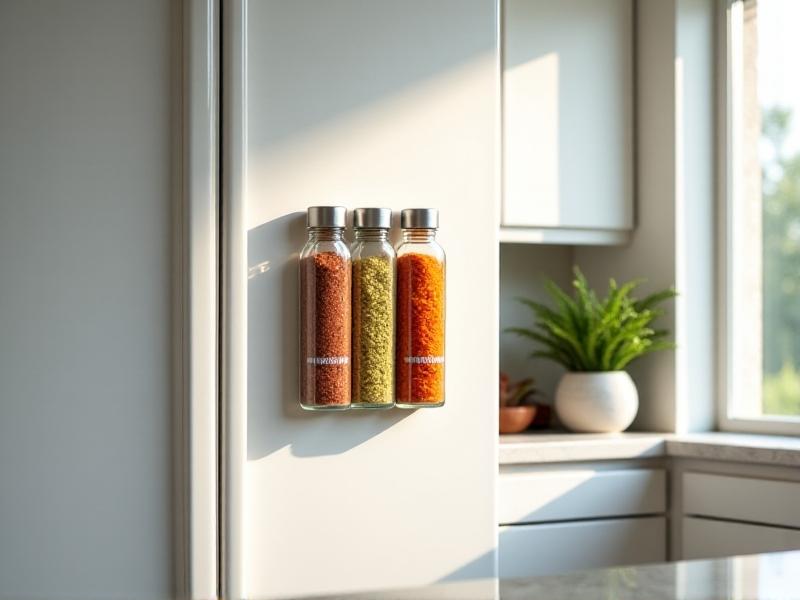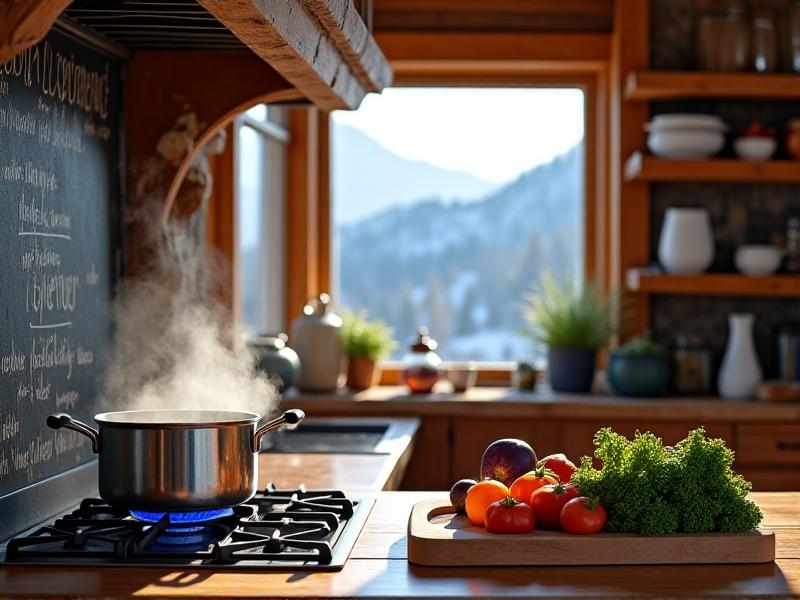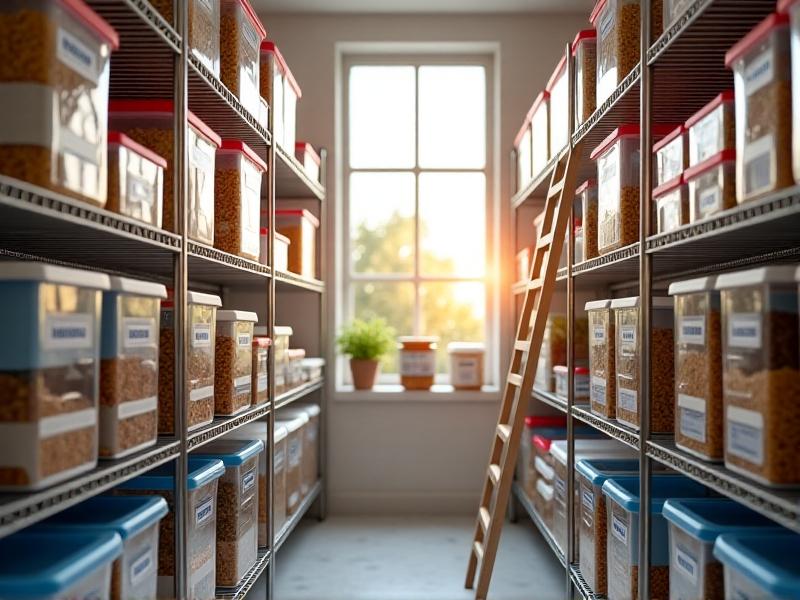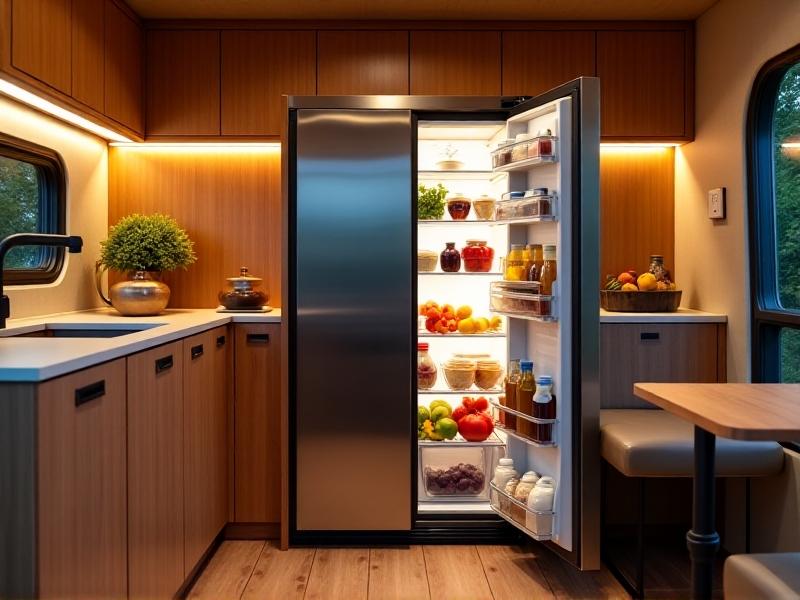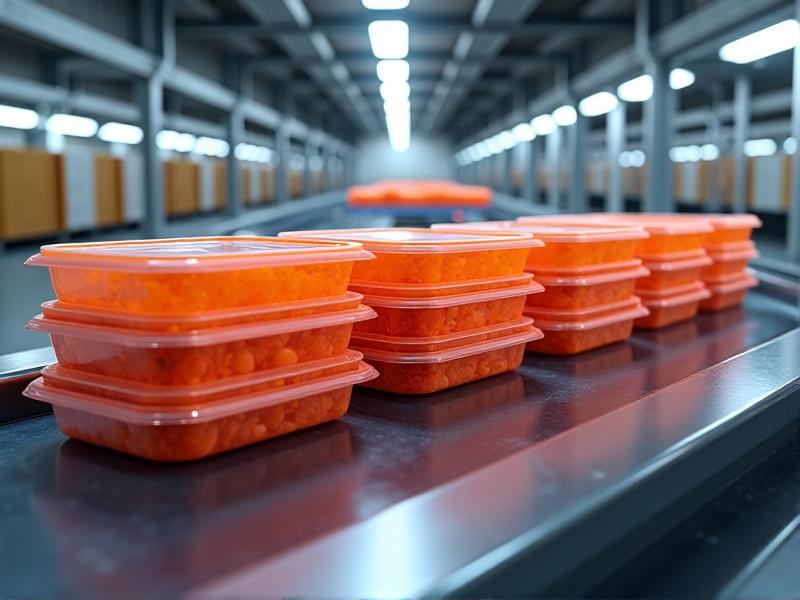Compact Superfood Storage Solutions
The Benefits of Compact Superfood Storage
Compact storage solutions for superfoods aren’t just a trend—they’re a practical response to modern lifestyles. With kitchens shrinking and pantries becoming multipurpose spaces, efficient storage preserves freshness, saves space, and reduces waste. Superfoods like chia seeds, spirulina, and maca powder often come in bulky packaging, which can clutter counters or drawers. By transferring them to streamlined containers, you protect their nutritional integrity while keeping your kitchen organized. Compact storage also minimizes exposure to light, moisture, and air, all of which degrade nutrients over time.
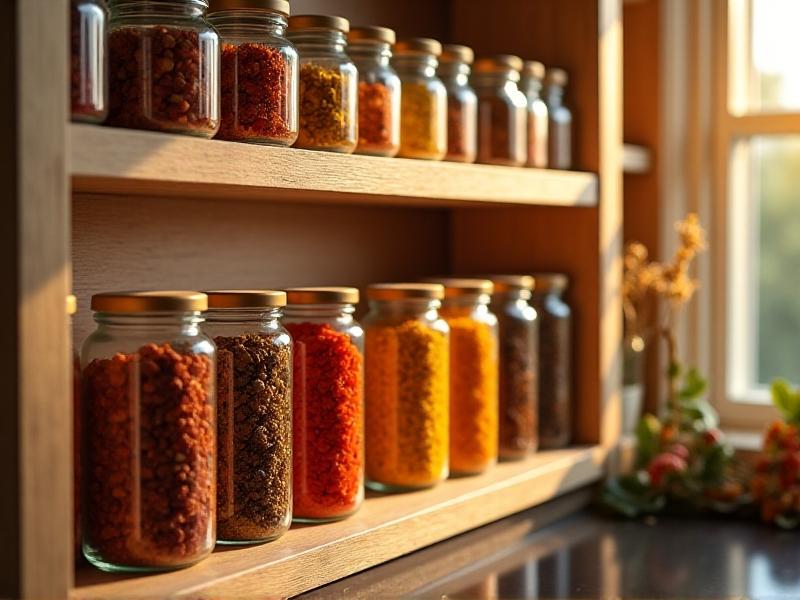
Consider the shelf life of superfoods: nuts lose their crunch, spices fade in potency, and oils can turn rancid. Airtight containers slow oxidation, preserving flavor and health benefits. For urban dwellers or tiny-home enthusiasts, compact systems—stackable jars, magnetic spice tins, or modular bins—maximize vertical space. Think of it as a functional aesthetic: clear containers double as decor, showcasing colorful ingredients like matcha or dried berries. Start by auditing your current setup. How much space do those half-empty bags really take? Transitioning to uniform containers frees up room and simplifies meal prep.
Space-Saving Container Innovations
Gone are the days of mismatched plastic tubs. Today’s storage solutions blend form and function, designed to fit seamlessly into compact kitchens. Silicone pouches, for example, collapse when empty, ideal for camper vans or office drawers. Magnetic stainless-steel tins attach to fridge doors or backsplashes, keeping frequently used spices or powders within reach. Stackable glass jars with airtight bamboo lids not only look chic but also block UV rays that degrade sensitive ingredients like flaxseeds or nutritional yeast.
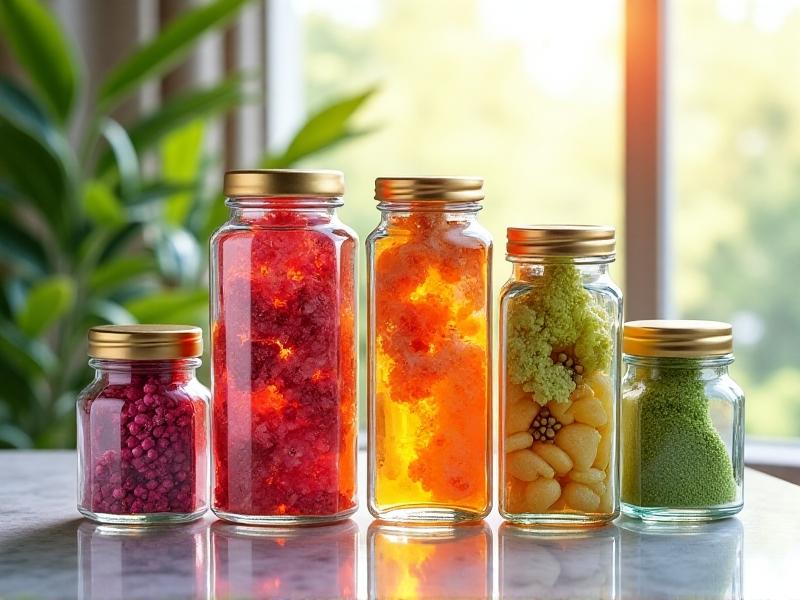
For bulk buyers, vacuum-sealed containers are game-changers. These use hand pumps to remove oxygen, extending the shelf life of pricey items like chia seeds or collagen peptides by months. Transparent labels or chalkboard surfaces add practicality, letting you track expiration dates or portion sizes. Don’t overlook drawer organizers: adjustable dividers can corral individual packets of moringa or ashwagandha without wasting an inch. When selecting containers, prioritize materials. Glass resists stains and odors, while BPA-free plastic is lightweight for travel. Bamboo offers a sustainable, minimalist alternative.
Maximizing Small Kitchen Real Estate
In cramped kitchens, every square inch counts. Start by decluttering: discard expired items and consolidate duplicates. Use vertical space with wall-mounted rails for hanging jars or under-shelf baskets. Tiered spice racks elevate smaller containers, making turmeric or cinnamon easy to spot. For deep cabinets, install sliding pull-out trays to access jars tucked in the back. Corner shelving units, often overlooked, can house lesser-used items like bulk cacao or medicinal mushrooms.
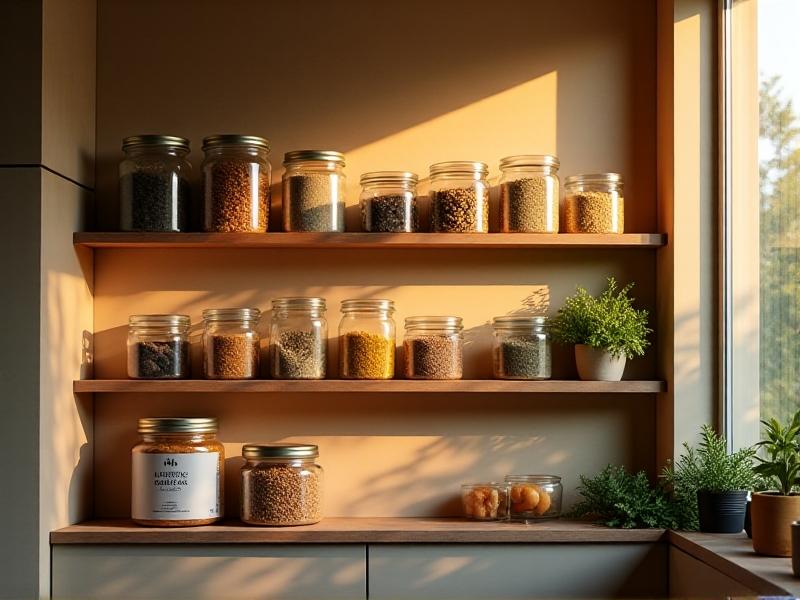
Multi-functional furniture also helps. A rolling cart with three tiers can migrate from pantry to countertop, holding daily staples like protein powders or granola. Magnetic knife strips aren’t just for blades—they can secure jars of iron-rich moringa or shilajit resin. If you lack drawer space, repurpose utensil holders for slim packets of superfood powders. Even the inside of cabinet doors can host adhesive hooks for lightweight bins. The goal? Ensure every superfood has a dedicated spot. Chaos leads to forgotten ingredients; order fosters consistency in healthy eating habits.
Portable Solutions for On-the-Go Nutrition
Compact storage isn’t confined to home kitchens. For travelers, gym-goers, or office commuters, portability is key. Miniature silicone containers with snap lids are perfect for single servings of matcha or collagen. Pill organizers, often used for supplements, can portion out daily doses of spirulina tablets or ashwagandha capsules. Reusable squeeze pouches, designed for baby food, work equally well for homemade chia pudding or acai smoothie mixes.
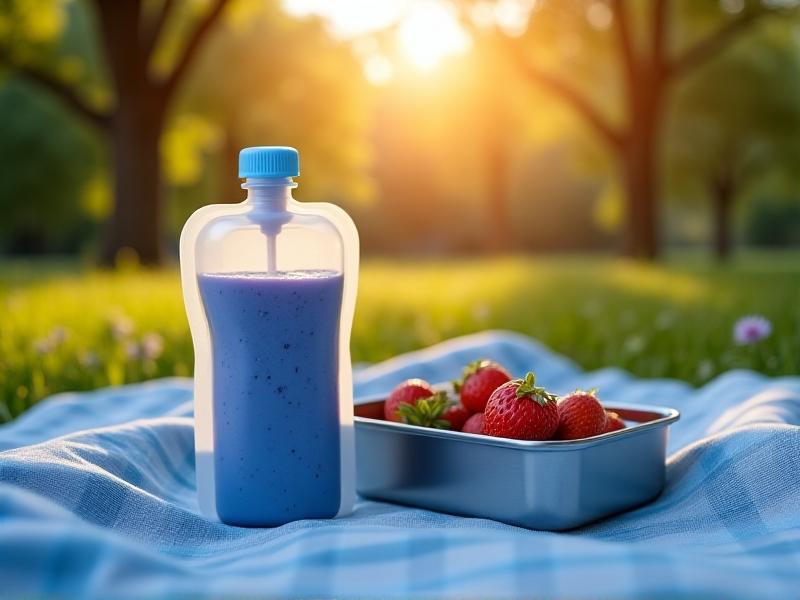
Invest in insulated food jars that keep superfood salads or quinoa bowls fresh for hours. Look for leakproof designs—no one wants maca powder coating their laptop. For backpackers, ultralight titanium containers offer durability without added weight. Pre-portioned snack bags, either reusable mesh or compostable paper, simplify grabbing a handful of energy-boosting walnuts or dried mulberries. Label everything clearly; confusion leads to wasted time (or accidental cayenne in your smoothie). The mantra here: compact, secure, and foolproof.
Eco-Friendly and Sustainable Storage Practices
Sustainability is non-negotiable for conscious consumers. Opt for containers made from recycled glass, biodegradable bamboo, or upcycled materials. Many zero-waste stores now offer bulk superfoods, letting you refill jars instead of buying new packaging. Beeswax wraps or cotton bags with drawstrings replace plastic for storing items like dates or nuts. For powders, consider stainless steel tins with silicone seals—they’re endlessly reusable and recyclable at end-of-life.
Upcycling also plays a role. Cleaned pasta sauce jars can house bulk-bin purchases, while emptied candle vessels make chic containers for loose-leaf teas. Support brands that prioritize circular economies—some now take back used packaging for refurbishment. Even small steps matter: swap disposable silica gel packets for moisture-absorbing clay stones in stored goods. By aligning storage choices with environmental values, you protect both your health and the planet.
